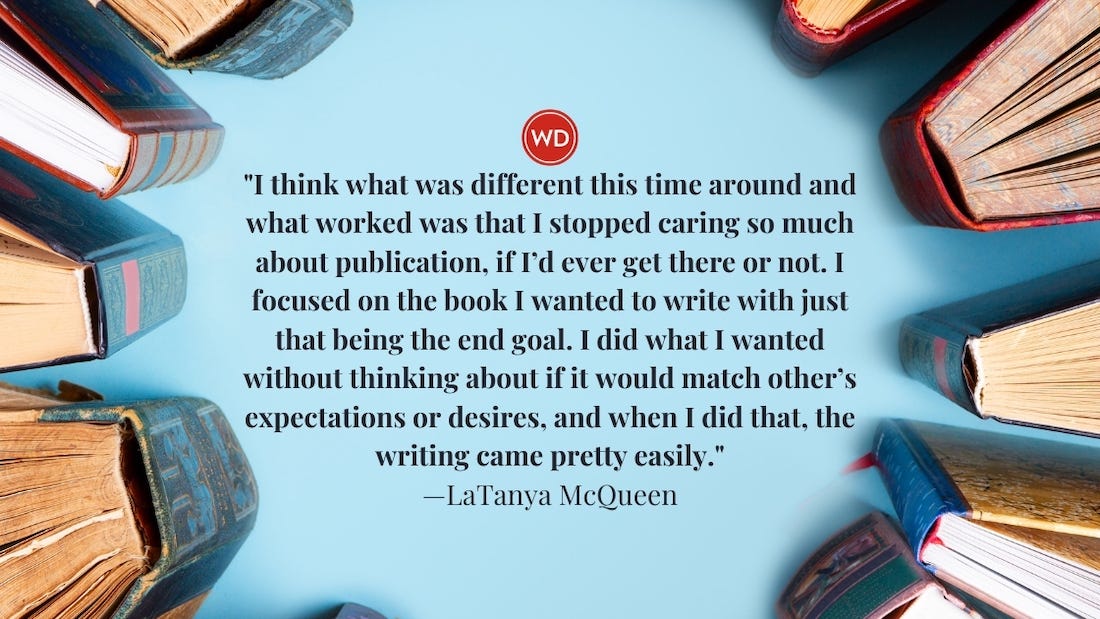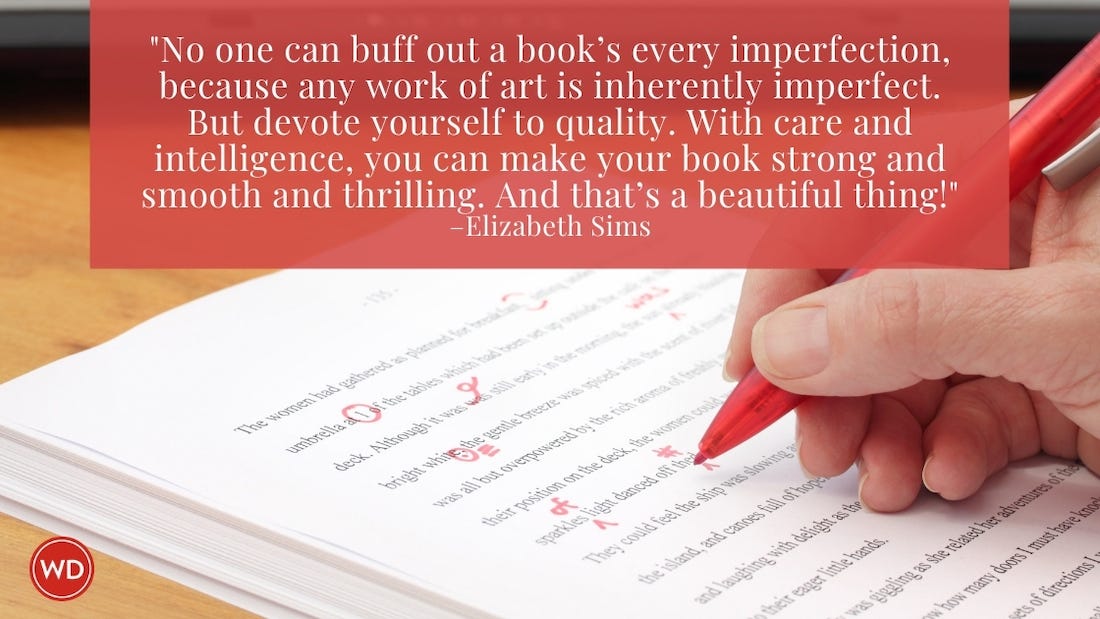The Rules of Storytelling, Pixar Style
Anyone whose ever seen a screening of a Pixar movie (Finding Nemo, Up, and the Toy Story trio come to mind for me) knows that the writers of these charming,…
Anyone whose ever seen a screening of a Pixar movie (Finding Nemo, Up, and the Toy Story trio come to mind for me) knows that the writers of these charming, funny and often heartbreaking movies know a thing or two about the art of storytelling. Recently, Pixar storyboard artist Emma Coats was asked to compile a list of narrative rules that she’s come to follow over the years of working for the animation studio. Reading through the list, it’s easy to see how these rules are essential to the fiction writing process and can really elevate your own work.
After reading through the list, here are my favorites:
#6: What is your character good at, comfortable with? Throw the polar opposite at them. Challenge them. How do they deal?
Conflict is at the heart of every engaging story. Introducing your character to conflict, in a variety of forms, won’t just make them interesting to read about—it will force them to grow. The nervous, pessimistic, scared-of-his-own-shadow clown fish Marlin must venture out into the terrifying unknown to rescue his son, accompanied by a blissfully forgetful, yet endearingly optimistic, companion. The curmudgeonly, isolated main character at the center of Up must learn how to relate to a precocious chatterbox—something far outside his comfort zone—all while trying to fly his house to a picturesque cliff in South America. Even if you haven’t seen these movies, you can certainly guess that these challenges force the characters to examine themselves and realize some truths or traits that they didn’t even know they possessed.
For more on creating conflict within your novel or story, check out Elements of Fiction Writing: Conflict and Suspense by James Scott Bell. It’s an essential guide to building conflict, balancing subplots, flashbacks, and backstory, and keeping your story moving forward.
#8: Finish your story, let go even if it's not perfect. In an ideal world you have both, but move on. Do better next time.
This, from storytellers who write pretty darn good stories. At some point, you have to be willing to finish, wrap up, and send it out into the world. What good is writing a story if you’re the only one reading it?
#14: Why must you tell THIS story? What's the belief burning within you that your story feeds off of? That's the heart of it.
You don’t need to know this right away, but determining why you’re telling this story will go a long way in motivating you to finish it. And understanding what you’re really trying to say will allow you to actually say it—without beating your readers over the head with it.
#20: Exercise: take the building blocks of a movie you dislike. How d'you rearrange them into what you DO like?
Examining works of fiction that you dislike is just as valuable as reading or watching those you do. Realizing what doesn’t work—and then finding new ways to fix it or make it better—is an exercise that all writers should try their hand at. [Note: If you’re looking for a truly heinous and torturous film to pick apart, this blogger recommends Rock of Ages. But you have been warned.]
One exercise isn’t enough? Take Ten for Writers by Bonnie Neubauer features 1,000 exercises guaranteed to get your words flowing. Best of all, they only take 10 minutes each.
#22: What's the essence of your story? Most economical telling of it? If you know that, you can build out from there.
Writers often struggle with trimming the fat—in other words, getting rid of all of the unnecessary stuff that’s cluttering up your story. Discovering the essence—the meat—allows you to tell your story in an efficient way, and ensures that every detail that you do put in is essential.
You can read the full set of Pixar storytelling rules here. I’m curious to know—what are your favorites from this list?








